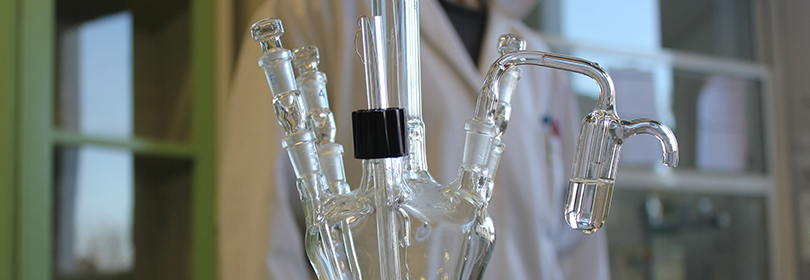Séminaires GUIDE Prof. ROIRON et Prof. THORIMBERT
Prof. Camille Roiron will deliver a seminar entitled "Etude de l'organisation des matériaux actifs dans les couches PEM et de son influence sur la performance."
on Thursday, 16th october, at 3 PM, room A104 at IUT, department SGM.
Prof. Fanny Thorimbert will deliver a seminar entitled "From cracks to perovskites: shining light on my scientific journey."
on Thursday, 23rd october, at 1:30 PM, room A102, at IUT, department SGM.



